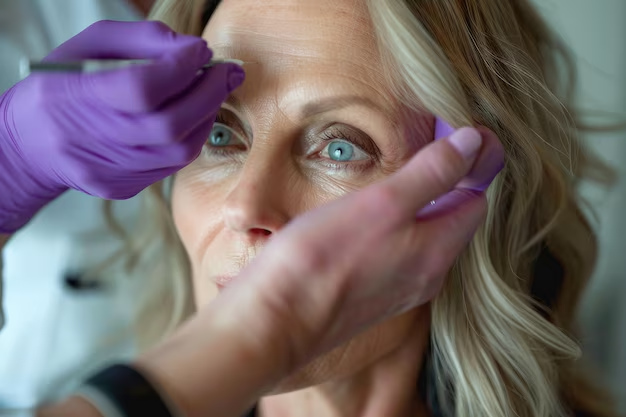Can Medicare Help You Cover The Cost Of Eyelid Lifts?
When contemplating an eyelid lift, often medically termed blepharoplasty, many wonder if Medicare can assist with the costs. Eyelid lifts are popular for both their aesthetic improvements and functional benefits, like improving peripheral vision. However, navigating the world of medical insurance to determine coverage requires a keen understanding of what procedures Medicare deems medically necessary versus elective.
Medicare Coverage Of Eyelid Lifts
Medicare provides coverage primarily for procedures that are crucial for maintaining health, alleviating pain, or correcting a severe physical dysfunction. This means that for an eyelid lift to be covered, it must be justified as a necessity for health improvement.
To qualify for Medicare coverage, you'll typically need:
Proof of Medical Necessity: This involves an examination and recommendation by a healthcare provider that demonstrates the eyelid condition is causing significant impairment, such as blocking your vision, leading to consistent headaches, or other physical symptoms like eye strain.
Documented Visual Impairment: A report from an ophthalmologist showing the degree of visual impairment often supports the case for coverage.
Appropriate Pre-Approval: Before proceeding, it's crucial to get the green light from Medicare after presenting documentation. This process ensures that all evidence was reviewed and the procedure deemed necessary.
If the eyelid surgery is for cosmetic reasons alone, Medicare will not cover the costs, leaving patients to explore alternative financial assistance or payment plans.
Exploring Financial Assistance For Medical Procedures
When confronted with medical expenses that aren’t fully covered by Medicare, exploring other financial options becomes essential. Here's a guide on avenues to investigate if you're planning for an eyelid lift or similar procedures.
Government Aid Programs
While Medicare might not fund every aspect of your medical care, various state-sponsored programs can help offset medical costs, especially for seniors and low-income individuals. These programs range from Medicaid expansions to state healthcare aid initiatives that supplement Medicare in specific cases.
Financial Assistance And Payment Plans
Healthcare providers and surgery centers often offer payment plans and financial counseling. It's worth discussing these options prior to entering into any procedure to adjust payments according to your budget.
Credit Card Solutions
Many financial institutions offer medical credit cards or specialized loans designed for health and cosmetic procedures. These often come with low-interest rates or promotional financing but require careful consideration of terms to avoid accruing high-interest debt later on.
Educational Grants and Funds
For those under specific conditions, some non-profits and educational institutions offer grants for medical expenses, particularly if your needs are part of a broader health or research study.
Options at a Glance: Financial Supports 💡
🎟 Medicare and Medicaid: Ensure eligibility for state or federal health assistance.
💸 Payment Plans: Available directly from healthcare providers.
📇 Medical Credit Cards: Assess the best terms for your situation.
🏦 Personal Loans: Banks may offer low-interest loans specifically for medical needs.
💰 Non-Profit Grants: Check for opportunities from specific health organizations.
Understanding how Medicare and supplementary programs can aid in covering medical costs can guide you through a more stress-free decision-making process when considering elective yet necessary procedures like an eyelid lift. Be proactive in exploring these options, ensuring you are both financially secured and medically cared for.

Related Topics
- Am I Elgible For Medicare
- Am I Enrolled In Medicare
- Am I Qualified For Medicare
- Are Adult Diapers Covered By Medicare
- Are Chemotherapy Drugs Covered By Medicare Part d
- Are Colonoscopies Covered By Medicare
- Are Covid Tests Covered By Medicare
- Are Cpap Machines Covered By Medicare
- Are Cpap Supplies Covered By Medicare
- Are Dental Implants Covered By Medicare